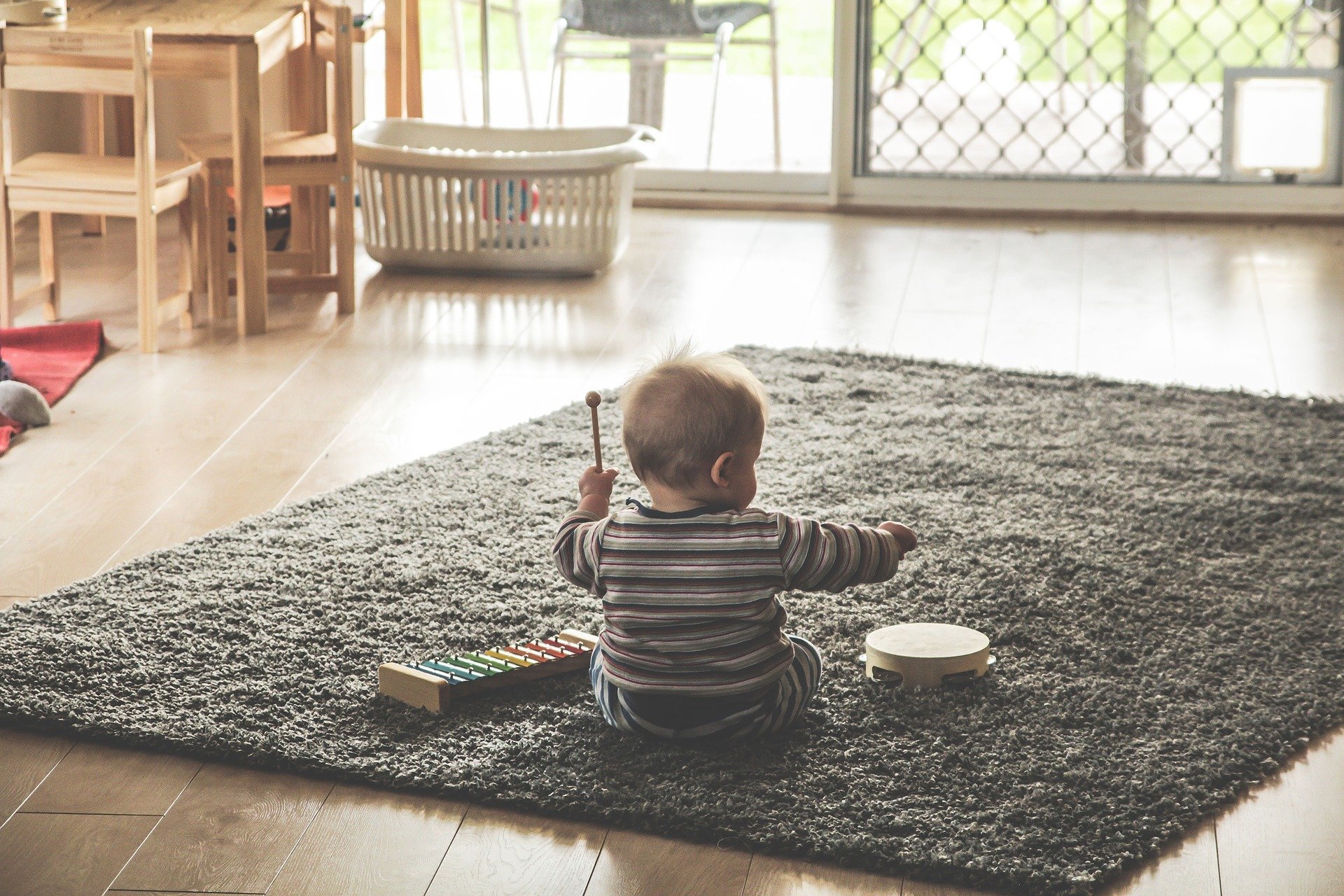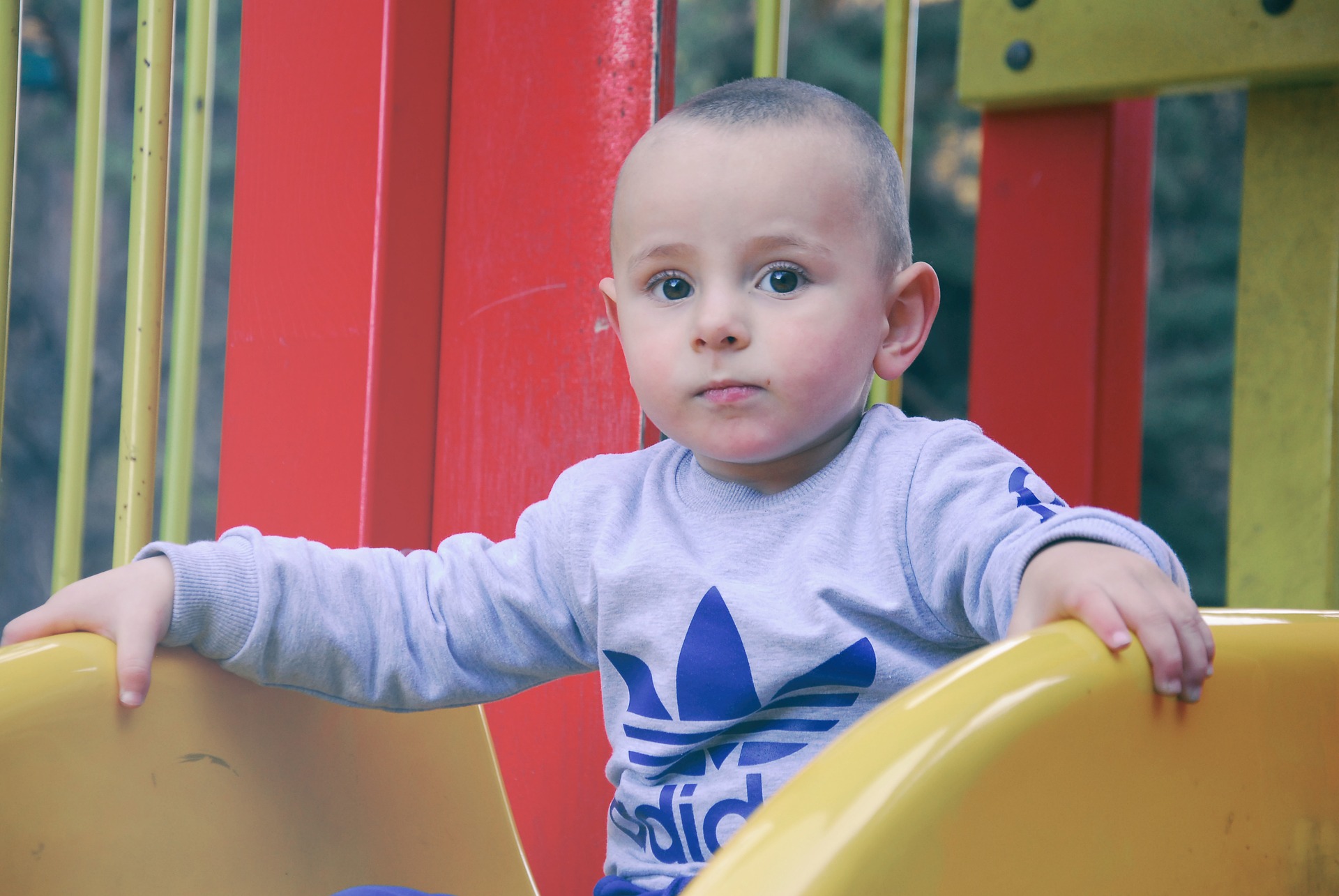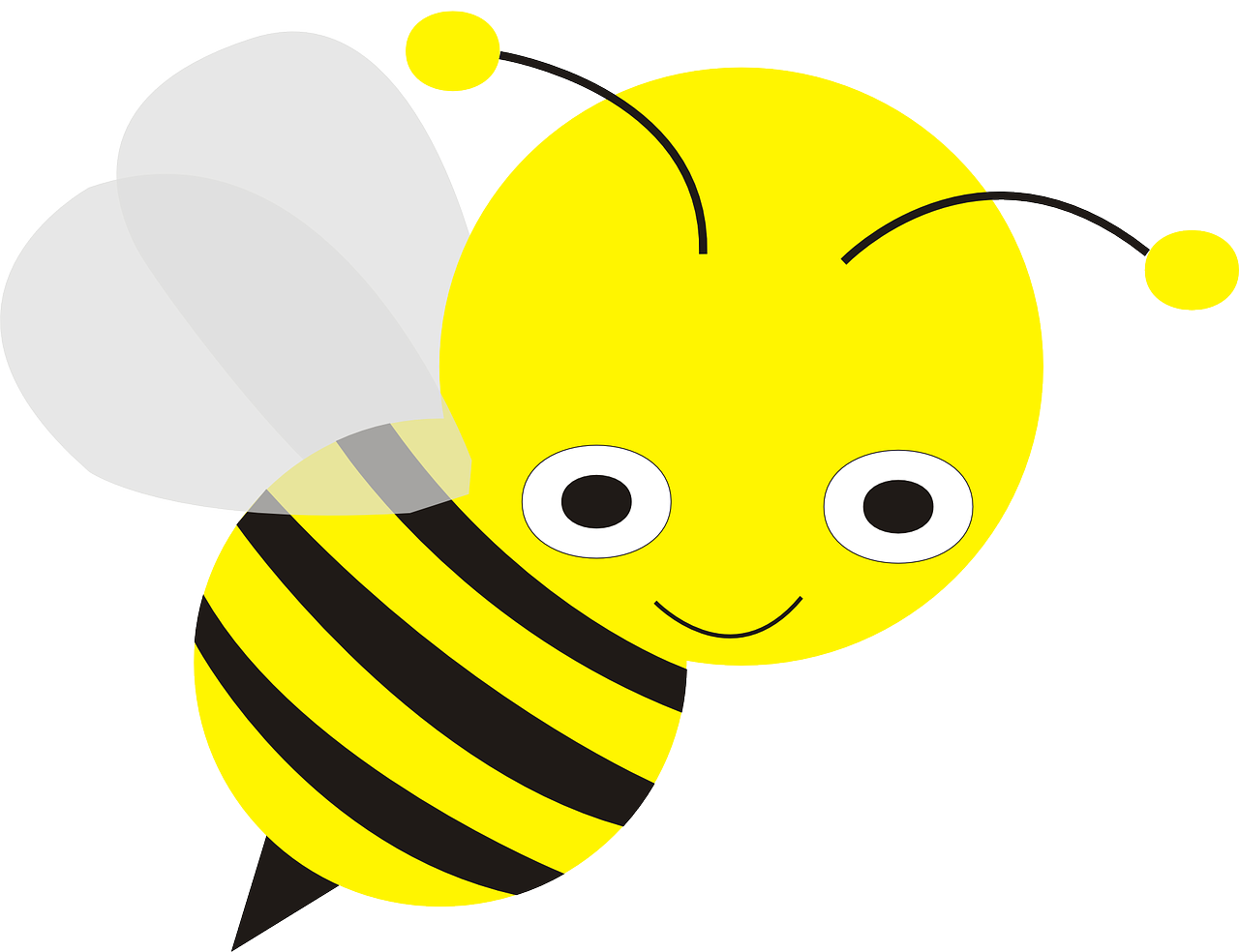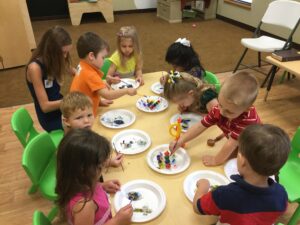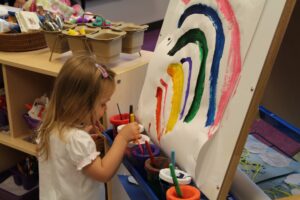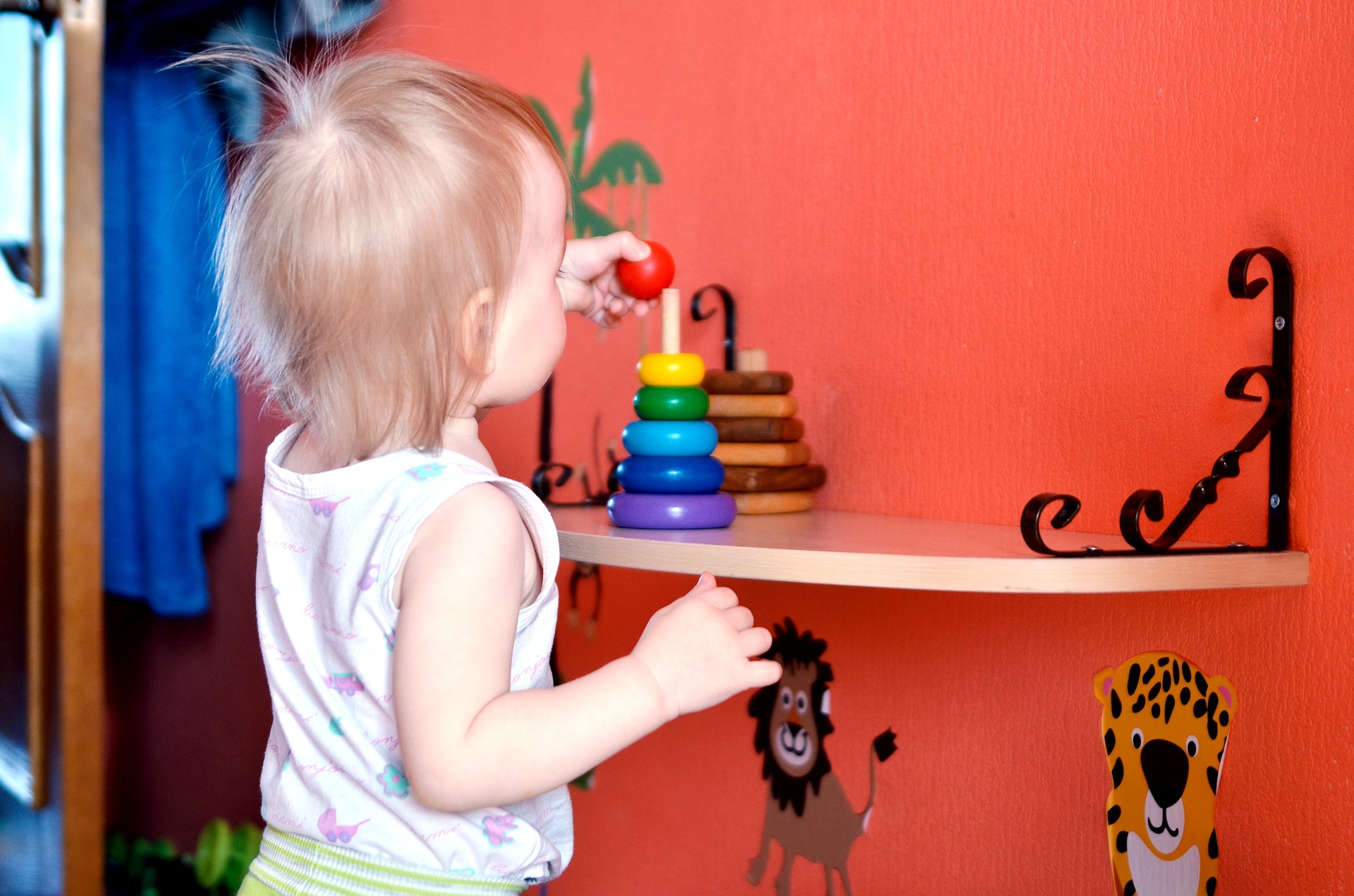
How Two-Year-Olds Learn Fine Motor Skills?
Your two-year-old has just started enthusiastically running, jumping and — yes — saying “No!” Running and jumping is good for their development. It is important to recognize the need for fine motor skill development — especially young boys who tend to have difficulty sitting still to color.
What are fine motor skills?
Fine motor skills include precise thumb, finger, hand, and wrist movements that are practiced through tracing, scribbling, painting, cutting and pasting.
Scribbling:
Create art with crayons. Random scribbles come first, and then circular scribbles will emerge! Try flat and vertical surfaces. For a good sensory experience, use sticks to draw in sand on warm days or in the snow during the winter.
Puzzles:
Your child will begin to complete 2- 3 piece puzzles with guidance. If your child has a favorite picture, paste it onto heavy cardboard, and then cut it into a few simple pieces. Puzzles are a great way to help your child develop coordination of visual and motor skills.
Stacking Good Time:
Kids love to stack. Help your child learn to stack blocks, empty thread spools, raison boxes, sponges, or small containers. Tochallenge your child’s fine motor movements, stack items that are small enough to fit in your child’shands. This is great for hand-eye coordination, as well as grasp and release movements.
Page Turner:
If your child loves story time, make it as interactive as possible, whilerefining your child’s hand movements. Helpyour child learn to open a book, turn a few pages, and then turn only one page at a time.
Silly Putty:
Play dough or silly putty is a great way toincrease your child’s hand and finger strength. It is also agreat way to introduce a new sensory experience. Help your child pinch, squeeze, poke, and roll the dough. Easy recipes for play dough can be found on the internet.
Double Trouble:
At this age, your child is beginning to use both hands to play. Let your child carry empty plastic bowls, or two large apples or oranges so they use two hands at once. This helps increase bilateral hand use and strength.
Snack Time:
No doubt your child loves to pick up small objects. They might use their whole hand at first, and then will learn to use their thumb and fingers to pick up objects. Give your child cheerios, raisons, or marshmallows to help learn to use a pinch-like grasp. Make sure to supervise your child, to avoid choking.
Getting Ready for Scissors:
Practice with spray bottles, clothes pins, salad tongs, and tweezers to develop the ‘open-shut’ hand movements needed for scissors. For a good sensory experience, help your child use the tongs to puck up objects out of sand, snow, water, rice, etc.
Open Sesame:
Encourage your child to begin opening bottles and doorknobs, or to play with toys that require twisting. Put goodies or toys in a jar, and let your child undo the lids to get to the prize. These types of activities help develop wrist rotation.
Little Painter:
At this age, your child can imitate and create lines and circles. Tape paper to a vertical surface to create proper grasp and hand movements. For a good sensory experience, use hands and fingers in finger paint, pudding, or play dough. This will help your child learn the motor patterns used for drawing and writing.
Puzzles:
Your child can being completing 4- 5 piece puzzles. If your child has a favorite picture, paste it onto heavy cardboard, and then cut it into simple shapes. Puzzles are a great way to help your child develop coordination of visual and motor skills.
Sky Scrapers:
Your child may now be able to stack as many as 5 or 6 objects. You may also begin teaching your child how to line up object horizontally or in a row, to make a train or truck they can push around. Use blocks, raison boxes, sponges or small containers.
Kitchen Helper:
Your child may love to imitate your actions. When you are busy making dinner or baking, let your child pretend they are working too. Give them simple tools to play with, and that will increase their hand dexterity and strength at the same time. For example, let your child stir water in a bowl with a spatula, use a garlic press with play dough, wipe the tables with a washcloth, play and make drawings in salt on a cookie tray, or scrub vegetables with a cloth or brush. These activities will strength fine motor abilities, and give your child new sensory experiences.
Snack Time:
At this age, your child should be using his or her thumb and fingers to pick up foods. Give your child cheerios, raisons, or marshmallows to help learn these skills. Make sure to supervise your child to avoid choking. For other foods, encourage the use of a spoon and fork to increase coordination and control of the hands.
